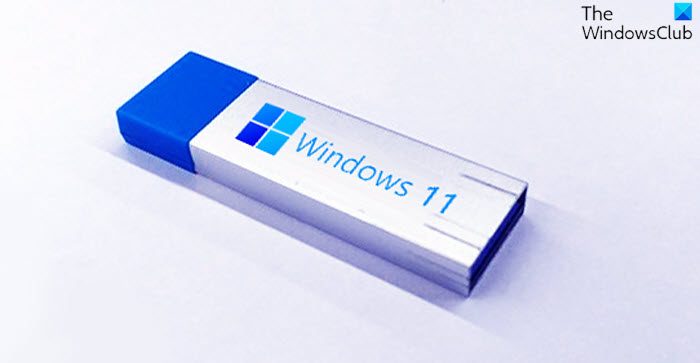Some of us love to install and carry Windows on USB Drives. But Microsoft does not support these scenarios. Booting Windows from external devices is unsupported, and such installations are not supported.

Microsoft does not support booting Windows from external drives
If you do decide to install Windows to a USB drive, a Flash Drive(UFD) drive, ESATA drive or store Windows Native Boot VHD on USB/UFD drive, it will not be supported by Microsoft.
The reasons why this is not supported have been mentioned in KB2485453:
- Activation issues.
- Potential Boot Path support issues.
- You must disable the device write cache or click ‘safe removal’ before unplugging the cable. Otherwise, data loss could occur.
However, some specialized products support this type of scenario, viz., installation on external drives :
- Windows Embedded supports this scenario
- Microsoft Hyper-V Server supports the ability to boot from a USB flash device (UFD). Booting Hyper-V Server from a USB flash drive is only supported for OEMs.
Just so you know.
Can Windows be booted from external hard drive?
Yes, Windows can be booted from an external hard drive. Windows natively supports running the operating system from an external drive, making it a useful option for those who find replacing or upgrading internal drives challenging.
Why can’t Windows boot from USB drive?
If Windows can’t boot from a USB drive, it might be due to incorrect BIOS/UEFI settings, a faulty USB drive, or corrupted installation files. Ensure the USB drive is recognized and verify that the BIOS/UEFI boot order includes it.
How to convert external hard drive to bootable?
To convert an external hard drive to a bootable drive using Command Prompt, you can use the DISKPART utility to format the drive and make it active. Then, copy the OS installation files onto the drive. This method ensures the external drive is properly configured to boot your system.
How do I fix Windows not booting from SSD?
If Windows is not booting from your SSD, access your BIOS settings and set the SSD as the boot device. Restart your PC and open the BIOS menu by pressing a key like F2 or Del. Navigate to the boot order section and select your SSD as the primary boot device. Save and exit BIOS.